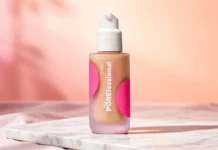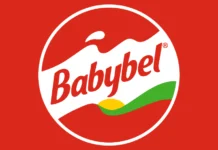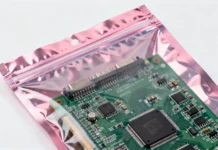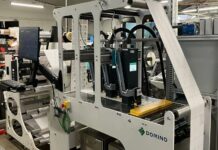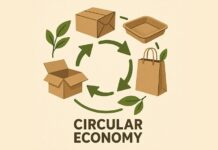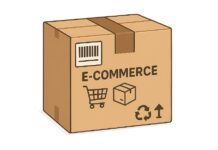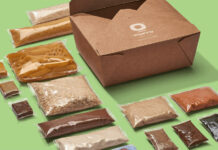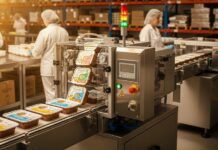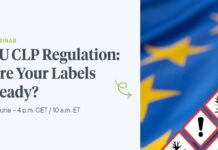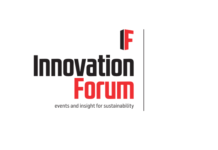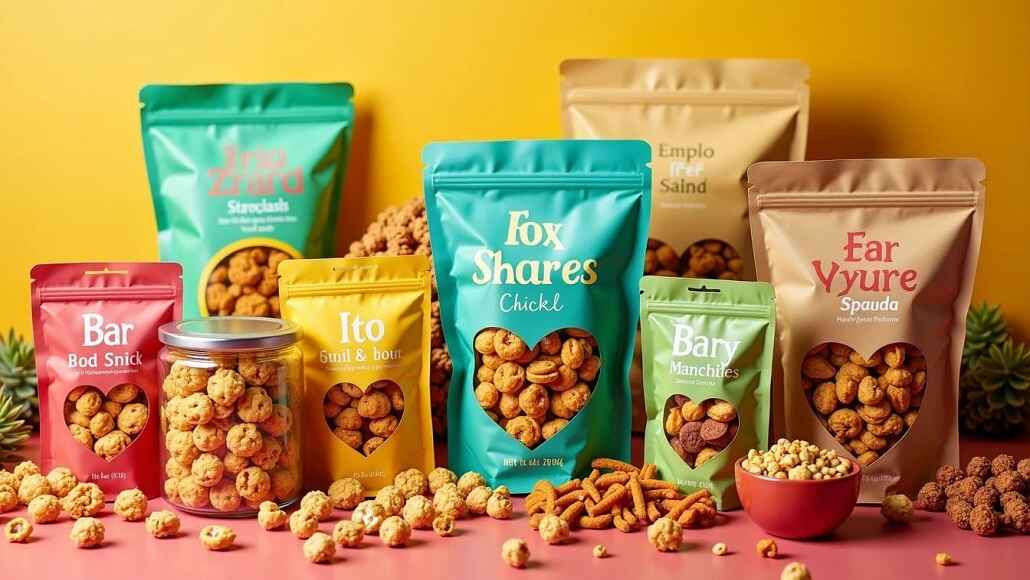A vital component of the food industry’s supply chain, the global snack food packaging market is undergoing tremendous change as it contends with both waves of expansion and regulatory scrutiny. The snack food packaging market was estimated at USD 6.8 billion in 2024, according to the most recent market analysis, and plastic packaging remained the industry leader despite consumer and governmental pressure to switch to sustainable alternatives. As the market adjusts to changing customer preferences and industry changes, the 2025–2034 forecast shows significant prospects for innovation, diversification, and sustainability.
The need for convenience, portability, and long shelf life among consumers has led to the importance of snack foods in the global food chain. As snack consumption rises among Gen Z and millennials, packaging becomes increasingly important in maintaining product quality, improving customer satisfaction, and setting businesses apart. But because of its negative effects on the environment, the growing use of plastic packaging has come under fire, leading to calls for more environmentally friendly alternatives.
The Dominance of Plastic Packaging
Snack food makers have been using plastic packaging because of its exceptional cost-effectiveness, durability, and adaptability. Because of its long shelf life, lightweight portability, and capacity to shield products from moisture, air, and pollutants, it has become essential for both manufacturers and customers.
The majority of the USD 6.8 billion global snack food packaging market in 2024 was made up of plastic packaging. Flexible plastics, such as polyethylene (PE) and polypropylene (PP), were especially common because they could be used for a wide range of snacks, from energy bars to trail mixes and potato chips.
The affordability of plastic packaging in comparison to alternatives like glass, metal, or paper-based materials is one of the main reasons for its popularity. Plastic gives producers the capacity to mass-produce heat-sealed, lightweight, and customisable packaging, which lowers logistics costs and improves supply chain effectiveness. Furthermore, because of its transparency, customers may visually inspect the product before making a purchase, which strengthens their confidence in its quality.
Challenges Amid Regulatory and Consumer Pressures
Plastic packaging has come under more and more criticism from authorities, environmental groups, and consumers for its role in plastic pollution even if it offers advantages. With billions of tonnes ending up in landfills and oceans every year, non-biodegradable plastics make a major contribution to worldwide trash. Governments all around have been motivated by this environmental effect to enact tougher rules meant to cut single-use plastics and support sustainable materials by means of which they may be used.
For example, the European Union has issued policies to eliminate some single-use plastic items and support the creation of circular economies. Likewise, nations including Canada, India, and South Korea have banned or limited particular kinds of plastic packaging including polystyrene and plastic bags.
Consumers are also being more outspoken about their needs for sustainable choices. Polls show that a sizable percentage of customers would pay more for items with environmentally friendly packaging. Particularly millennials and Gen Z give sustainability top priority in their buying choices, thereby pushing companies to be creative and use more environmentally friendly options.
The Push for Sustainable Alternatives
The market for snack food packaging is changing because of the push for sustainability from both governments and consumers. This is causing a need for alternatives that are both eco-friendly and useful. Biodegradable plastics, recycled paper, and bio-based films are becoming more popular as companies try to meet sustainable goals without lowering the quality of their products.
Biodegradable plastics, which are made from crops that grow back, like cornflour or sugarcane, could cut down on plastic waste by a lot. When these things break down naturally under certain conditions, they don’t leave behind any dangerous substances. But there are still problems with increasing production and making sure there is the right infrastructure for burning or recycling to work.
Paper and cardboard that have been recycled are also becoming good options, especially for dry snacks like crackers and biscuits. People think these materials are eco-friendly because they are light and can be recycled. But they might not be able to protect goods with a lot of oil or moisture, which means that new barrier coatings are needed.
Bio-based films, which come from plant-based sources, look like a good compromise because they have the same qualities as regular plastics but use less fossil fuels. More and more, these materials are being used to make things like flexible bags and snack wrappers.
Innovations Shaping the Future of Snack Packaging
In response to these issues, the snack food packaging sector is experiencing a surge of innovation aimed at increasing sustainability, functionality, and consumer appeal. Companies are investing in innovative packaging technologies, such as active and intelligent packaging, to increase product preservation while using less material.
Active packaging contains components that interact with the product or its surroundings to increase shelf life. For example, oxygen-absorbing sachets or moisture-regulating layers can keep products fresh without using too much material. Intelligent packaging, on the other hand, incorporates sensors or indications that provide real-time product quality information, thereby increasing consumer trust and minimising food waste.
Digital printing technology is also altering the packaging industry by allowing for high-quality, customisable designs at cheaper costs. This technology enables firms to produce unique, limited-edition packaging that resonates with customers while reducing waste from standard printing techniques.
Opportunities for Market Growth
The snack food packaging market is expected to increase rapidly between 2025 and 2034 due to factors such emerging markets, growing snack consumption, and improvements in sustainable materials. Significant demand is anticipated in the Asia-Pacific area in particular as a result of increased urbanisation, changing lifestyles, and rising disposable incomes.
Despite being comparatively developed markets, North America and Europe are anticipated to experience steady development due to consumer desire for high-end, health-conscious snacks. Health-conscious consumers are increasingly choosing organic, gluten-free, and plant-based snacks, which is driving demand for packaging options that highlight sustainability and product purity.
Another important growth driver is the trend towards e-commerce, as more and more people buy snacks online for doorstep delivery. Manufacturers are now investing in packaging solutions that minimise waste and guarantee product protection throughout transit as a result of this trend.
Balancing Cost, Functionality, and Sustainability
Manufacturers must strike a balance between cost, usefulness, and environmental impact as the shift to sustainable packaging picks up speed. Profit margins may be impacted since sustainable materials are frequently more expensive than conventional plastics. In order to guarantee product safety, shelf life, and customer pleasure, these materials also need to fulfil strict performance requirements.
Addressing these issues and hastening the adoption of sustainable solutions require cooperation throughout the supply chain. To promote recycling, composting, and circular economies, governments, businesses, and consumers must collaborate to create laws, infrastructure, and technologies.
Moving Toward a Greener Future
The market for snack food packaging is at a critical juncture, with plastic packaging continuing to dominate but coming under growing pressure to meet environmental standards. Innovation, teamwork, and consumer involvement will be crucial in determining the direction of the sector as producers traverse this complicated terrain.
Although the shift to sustainable packaging is not without its difficulties, it also offers a chance to rethink packaging’s function as a catalyst for brand distinction and environmental responsibility. The snack food packaging industry can help create a more resilient and sustainable food ecosystem by adopting greener materials and technology.



